Here are the phone update policies from every major Android manufacturer
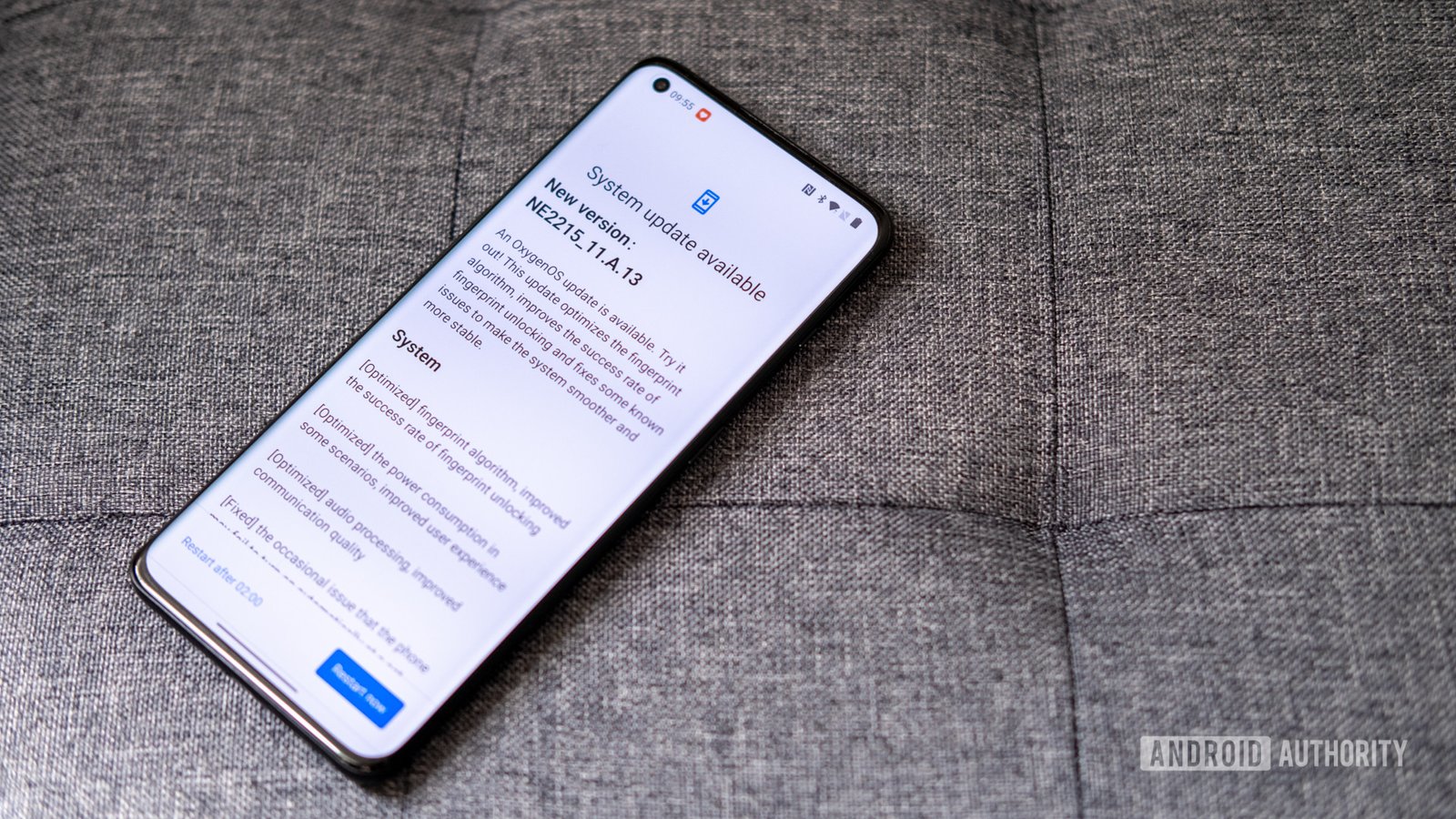
Ryan Haines / Android Authority
If you have an Android smartphone, you likely want it to last as long as possible. You probably have a case to protect it physically, but what about the software inside the phone? How can you keep that safe? This is where phone updates come into play an integral aspect of keeping your phone working its best long after you buy it.
Unfortunately, the company that created your phone plays a major part in how frequently you see updates, not to mention for how long. In this guide, were going to give you all the info you need on phone updates as well as what you can expect from the major manufacturers.
Phone updates: What are they and where do they come from?
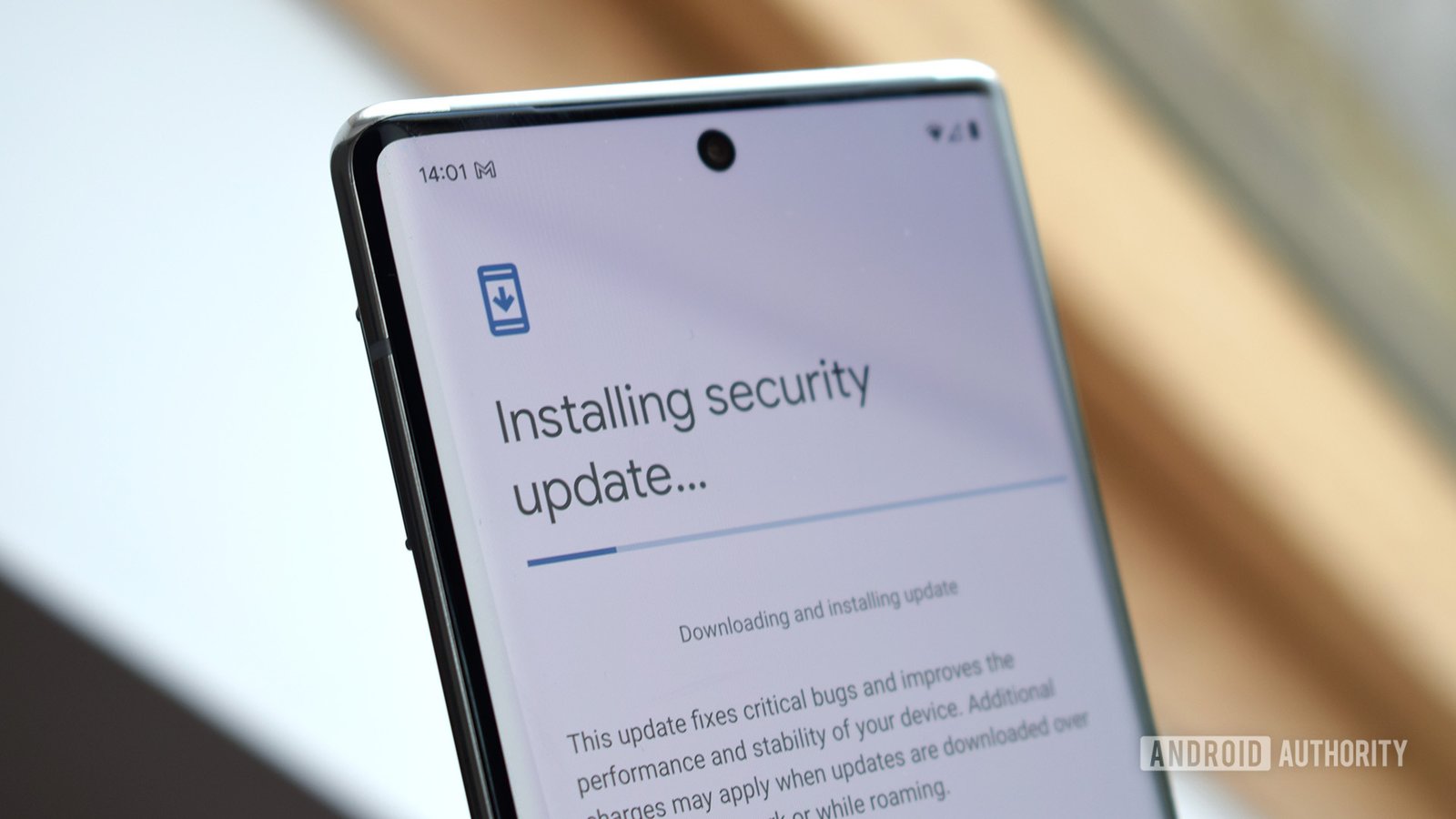
Robert Triggs / Android Authority
In the world of Android, there are two types of smartphone updates. There are major upgrades to a new version of Android that usually land once a year. The more frequent type of update is a security patch, which lands on a monthly, bi-monthly, or quarterly basis. For the sake of clarity, were going to refer to the former asupgrades and the latter aspatches.
- Upgrades This is when your phone jumps from one Android version to another. For example, if your device has Android 12 and gets an update that takes it to Android 13, thats an upgrade. These usually come once a year and represent a major shift in the functionality and sometimes even the overall look of your phones software.
- Patches These are smaller and more frequent updates. The main reason these updates land is to enhance the security of your phone. Android security patches come with new information on threats to your safety and security so you stay protected. Sometimes, they also include new features, although this will heavily depend on your phones manufacturer.
See also:Which manufacturer updates its phones the fastest? (Android 12 edition)
Google which owns and maintains the Android operating system is responsible for creating and issuing both upgrades and patches. This is why Googles Pixel phones usually see upgrades and patches first. For phones not manufactured by Google, upgrades and patches need to go through the manufacturer first so it can modify the code to accommodate its products. In most cases, this slows down distribution. Likewise, carriers such as Verizon, AT&T, T-Mobile, etc. and chipset vendors can also further delay rollouts for a variety of reasons.
Ultimately, how frequently your phone receives updates depends on how seriously your phones manufacturer takes them. Simply put, some Android manufacturers place more importance on updates than others. Below, youll see how much of a difference there can be!
Asus
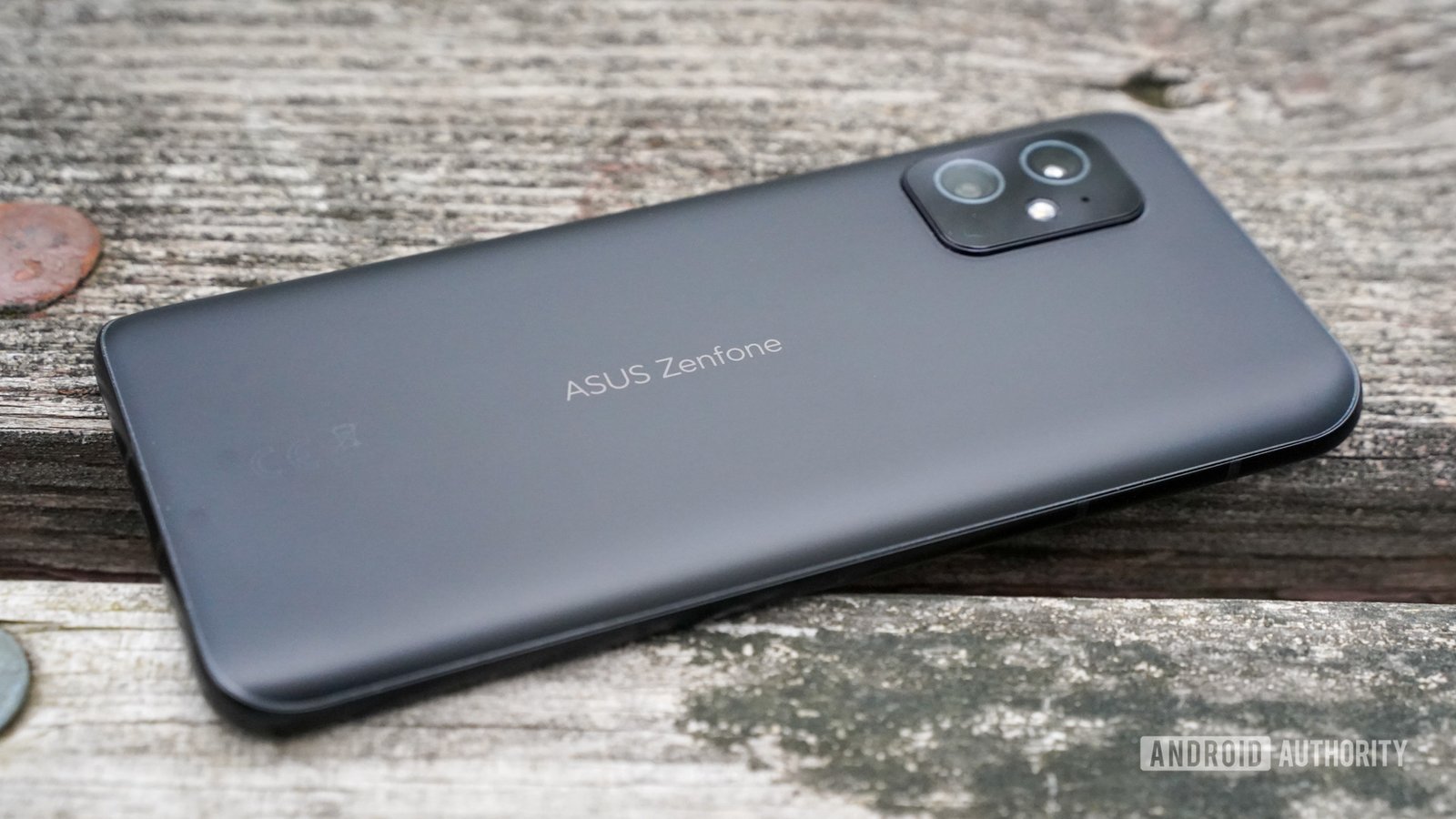
Eric Zeman / Android Authority
- Asus typically offers two upgrades and two years of security patches for its lineup.
Typically, Asus doesnt release a great number of phones each year. One would assume this would mean the company would have a stellar phone update policy since it only needs to focus on a handful of devices. Unfortunately, thats not really the case.
Related: What are the best small Android phones available?
For Asus most recent flagships the Zenfone 8 and Zenfone 8 Flip the company promised at least two major upgrades. Asus also said the phones will receive security updates for approximately the same timeframe as system updates, which would suggest two years. However, Asus delivery of updates can be quite slow, so its possible this could go for longer.
Two Android upgrades and two years of patches represent Googles recommended minimum for after-purchase support. In other words, Asus is only making the minimum promise for its software.
Asus delivery of timely updates has also been mixed over the years. With the Zenfone 8, for example, Asus pushed the Android 12 update in early January 2022, roughly three months after the stable launch. Previously, it pushed Android 11 to the Zenfone 7 series in April 2021 roughly eight months after the stable launch of the operating system. This shows Asus is getting faster, which is good, but its commitment could be stronger.
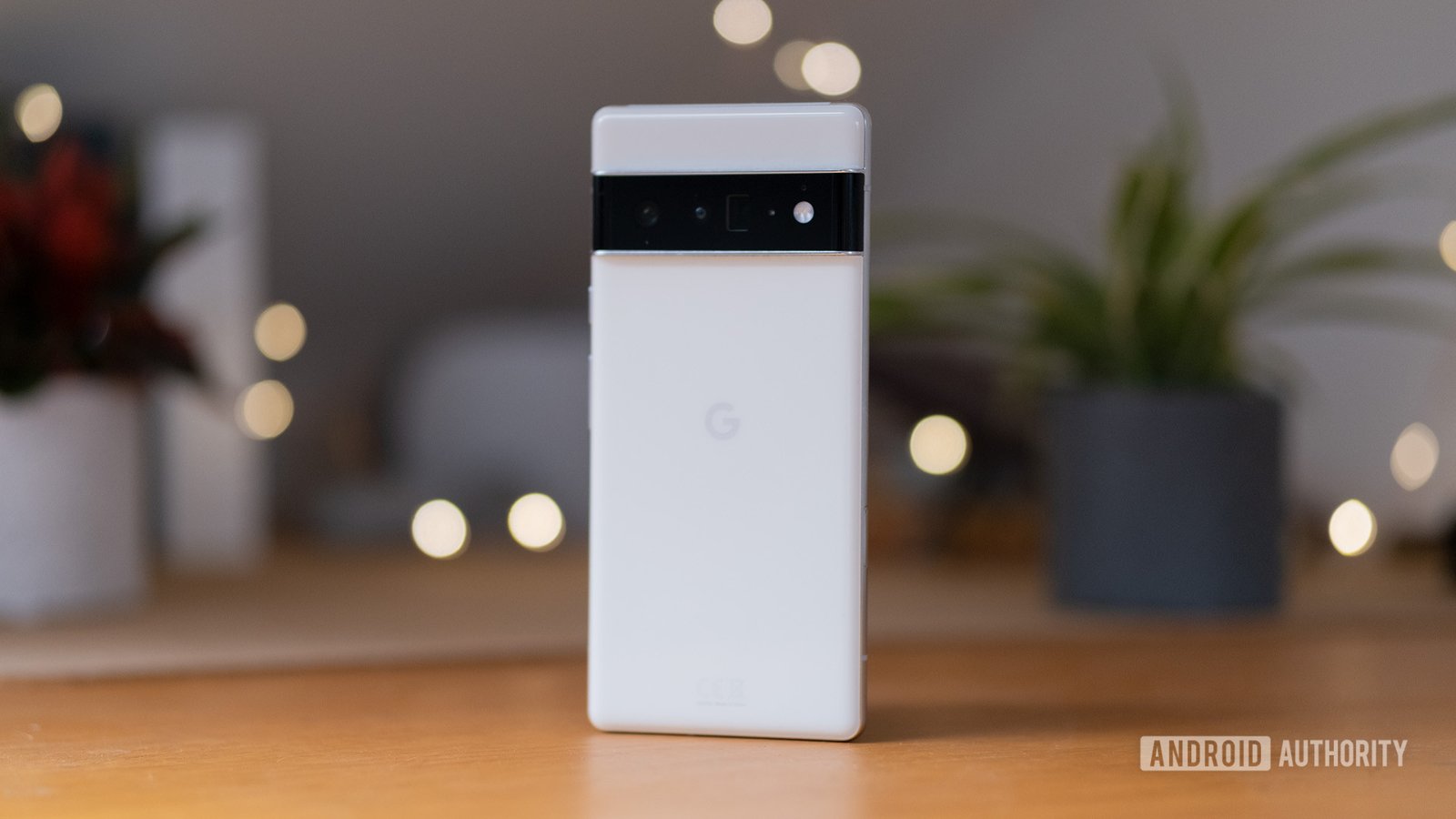
Robert Triggs / Android Authority
- Google commits to three upgrades and three years of security patches for most of its lineup. The Pixel 6 series is the sole exception so far, with three years of upgrades and five years of patches.
From 2016 to mid-2021, Google had a phone update policy for Pixels that was not too bad: three years of upgrades and patches. This was better than most other companies, and Googles consistency was very impressive. Pixel phones are almost always the first to see the newest upgrade, and patches land at the beginning of each month like clockwork.
Google is one of the best companies when it comes to keeping its phones up-to-date and safe.
In 2021, with the launch of the Google Pixel 6 series, the company augmented its policy. The Pixel 6 series will see three upgrades and five years of patches. As of 2022, this represents the second-best policy in the world of Android. Unfortunately, Pixels launched before the Pixel 6 series will stick with the former policy.
Google also has a great website that details exactly when its devices will stop receiving upgrades and patches. Without a doubt, Google helps set the bar for phone updates in the world of Android.
HMD Global / Nokia

Tristan Rayner / Android Authority
- HMD Global typically offers two upgrades and two or three years of security patches for Nokia-branded phones.
HMD Global manufactures smartphones with Nokia branding. Nokia phones come with a version of Android that is very close to stock. Originally, this helped HMD keep its phones up-to-date quickly and consistently because it didnt need to change much when Google pushed out the core update.
However, HMD has fallen off the wagon over the past few years. A combination of an increasingly complex portfolio, as well as small profit margins for its budget-priced devices, likely contributed to this. At this point, HMD doesnt have a stated comprehensive phone update policy.
Catch up:What is stock Android?
Thankfully, the company recently posted a page on its website to help people determine how long their phone will receive patches. A phone like the G20, for example, will receive three years of security updates through June 2024. Based on the website, many devices will receive security updates for a minimum of two years, with some devices seeing security updates for up to three years.
Thats pretty par for the course, but HMDs track record with respect to upgrades isnt as good. Most of its older phones saw Android 11 after considerable delays, for example. Although its newest phones launch with Android 12 out of the box, some of its older phones will not get Android 12 at all, which is very disappointing.
Honor

Robert Triggs / Android Authority
- Honor commits to two upgrades and two years of security patches for its current lineup.
Honor used to be a subsidiary of Huawei. Shortly after the Huawei ban took effect, Huawei sold Honor to an independent firm, making Honor its own brand without any ties to its former parent. Since then, it has only launched a handful of phones.
Since that all happened, Honor has committed to the standard phone update policy for most of its phones: two years of upgrades and patches. Even its most recent flagship the Honor Magic 4 Pro sticks with this promise, despite its high price.
Granted, Honor is still transitioning into the brand it will become post-Huawei. Its possible it could make stronger commitments for its future devices. For now, though, its safe to assume the company will offer at most two upgrades and two years of patches for its phones.
Huawei
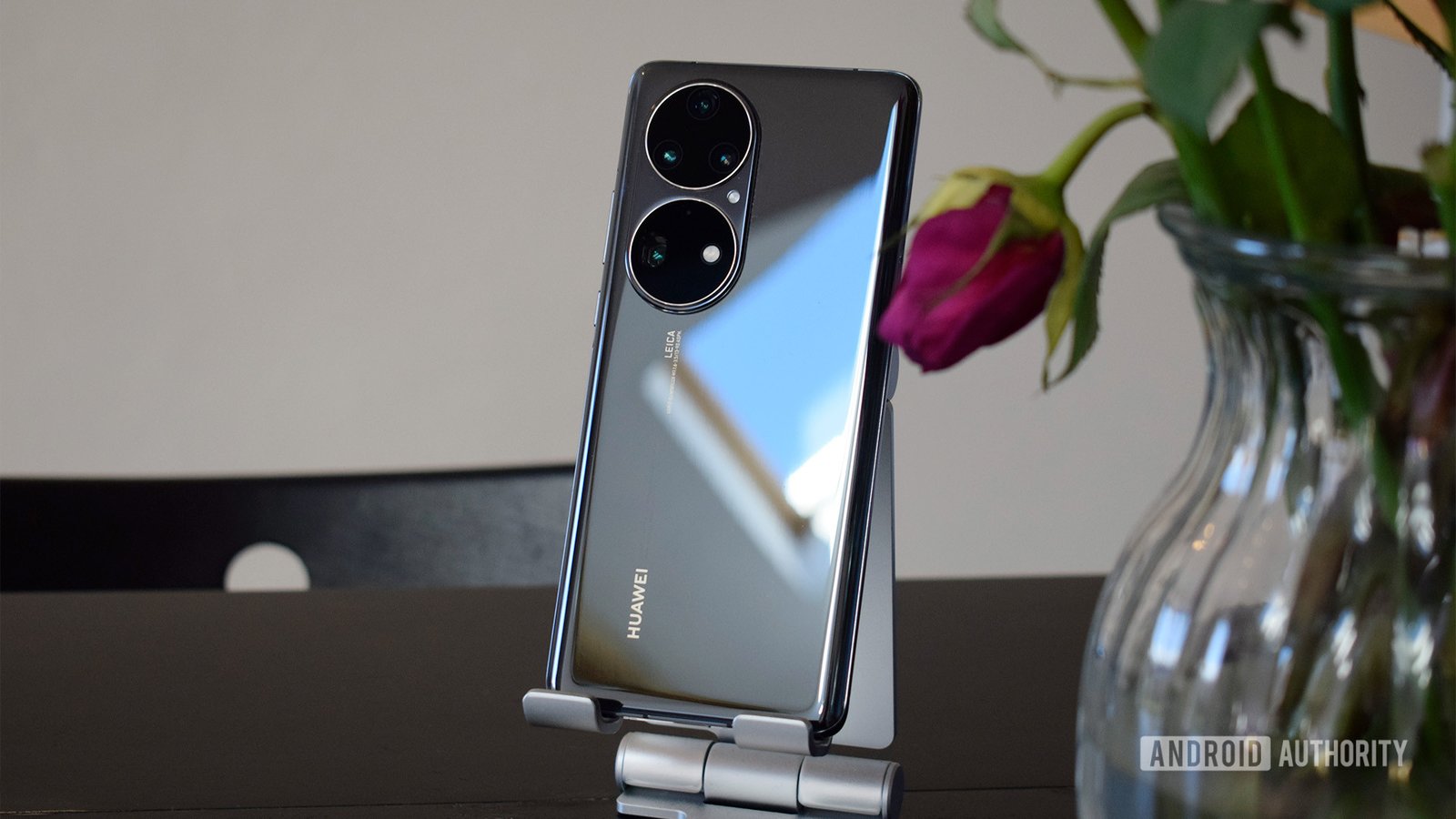
Robert Triggs / Android Authority
- Huawei has no stated commitment to the rollout of upgrades and patches to its recent phones.
Due to the Huawei ban, Huawei uses two different operating systems on its phones. Harmony OS (which is an Android fork) appears on phones in its native China. Meanwhile, regular Android (with its EMUI skin) appears on global devices. Well be focused on the Android versions of Huaweis catalog here.
Regardless of the operating system onboard, Huawei is unable to use Google services on its devices and doesnt seem to have access to the most recent versions of Android either.
Huawei’s smartphone business is in a shambles, making updates unreliable.
Case in point, 2022s Huawei P50 Pro flagship launched with Android 11 out-of-the-box, despite Android 12 being available for months prior. Even now, there is no schedule or promise for bringing Android 12 to the phone.
Making matters worse, Huawei cant even commit to a concrete promise of how long it will update its phones. In the case of the P50 Pro, it told us this: Updates will be provided and maintained regularly throughout the full lifecycle of the product. That could mean anything, really.
Likewise, the company also told us this at one point in an email:
Privacy protection and security have always been Huaweis top priority, and Huawei has been innovating to protect users privacy and security. We rigorously adhere to foundational principles for data privacy during the entire product design and development process. We continuously provide security updates to our users, when necessary, and will continue to offer them timely technical support.
Once again, that could mean anything. The bottom line here is that if phone updates are important to you, you should beware of Huawei devices.
Motorola
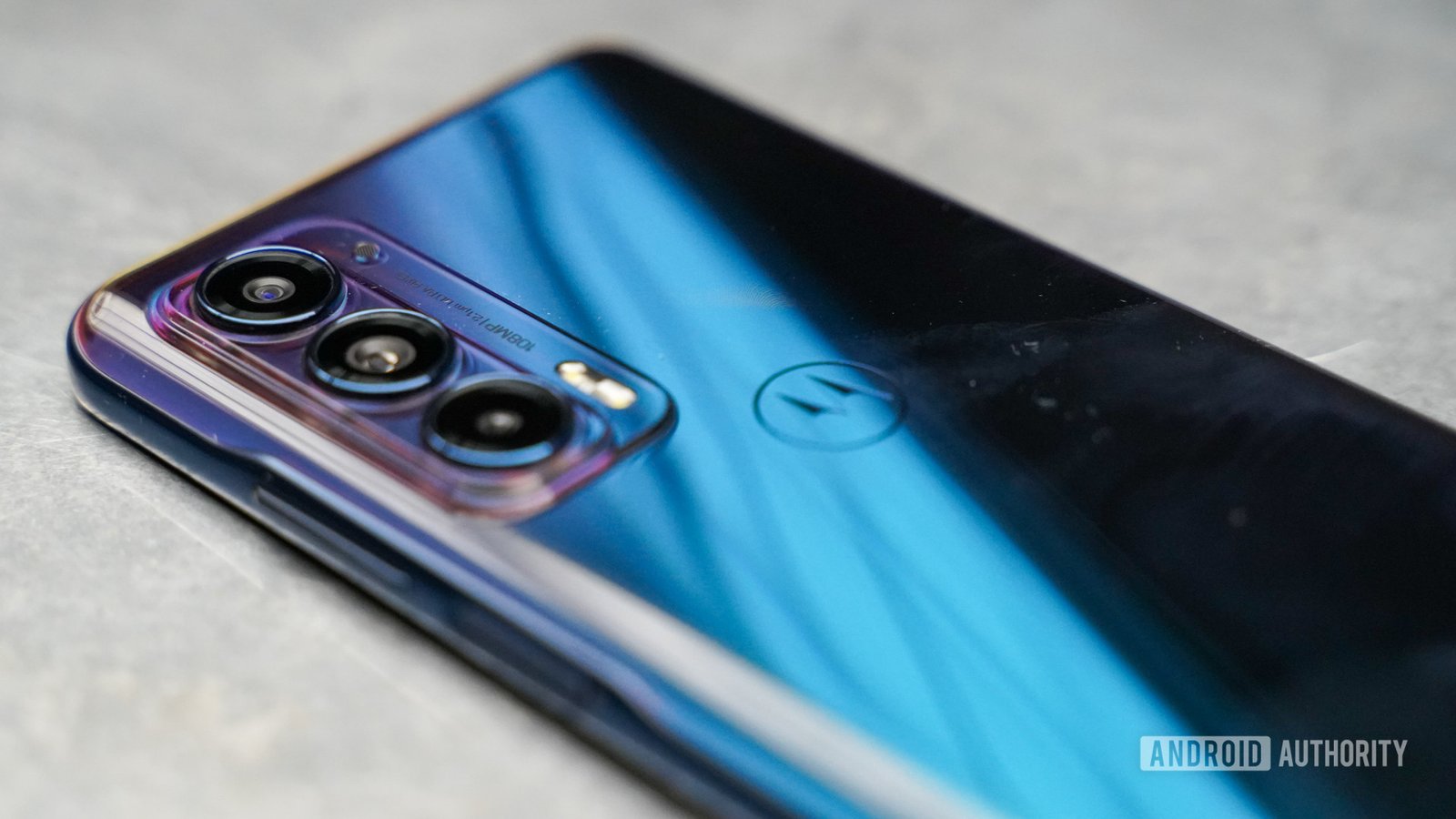
Eric Zeman / Android Authority
- Motorola flagships generally receive two software upgrades and two (or sometimes three) years of patches. The companys budget phones usually see just one upgrade and two years of patches.
Motorola has a problematic past when it comes to phone updates. When it launched the premium Motorola Edge series in 2020, for example, it promised just one Android upgrade and two years of patches. After public outcry (including from Android Authority), it amended its promise to two upgrades and two years of patches.
See also:The best Motorola phones you can get right now
In 2022, it has finally learned its lesson. It has publicly promised to deliver two upgrades and three years of bi-monthly patches to the Motorola Edge 30 series.
However, the policy for the Edge 30 series doesnt apply to all its phones. Motorolas budget phones often see the original promise of one upgrade and two years of patches. Thankfully, Motorola makes it easy for users to know what they should expect with updates using a web-based tool. If youre a Motorola phone owner (or thinking of becoming one), a quick visit to that web page would be a good idea.
OnePlus
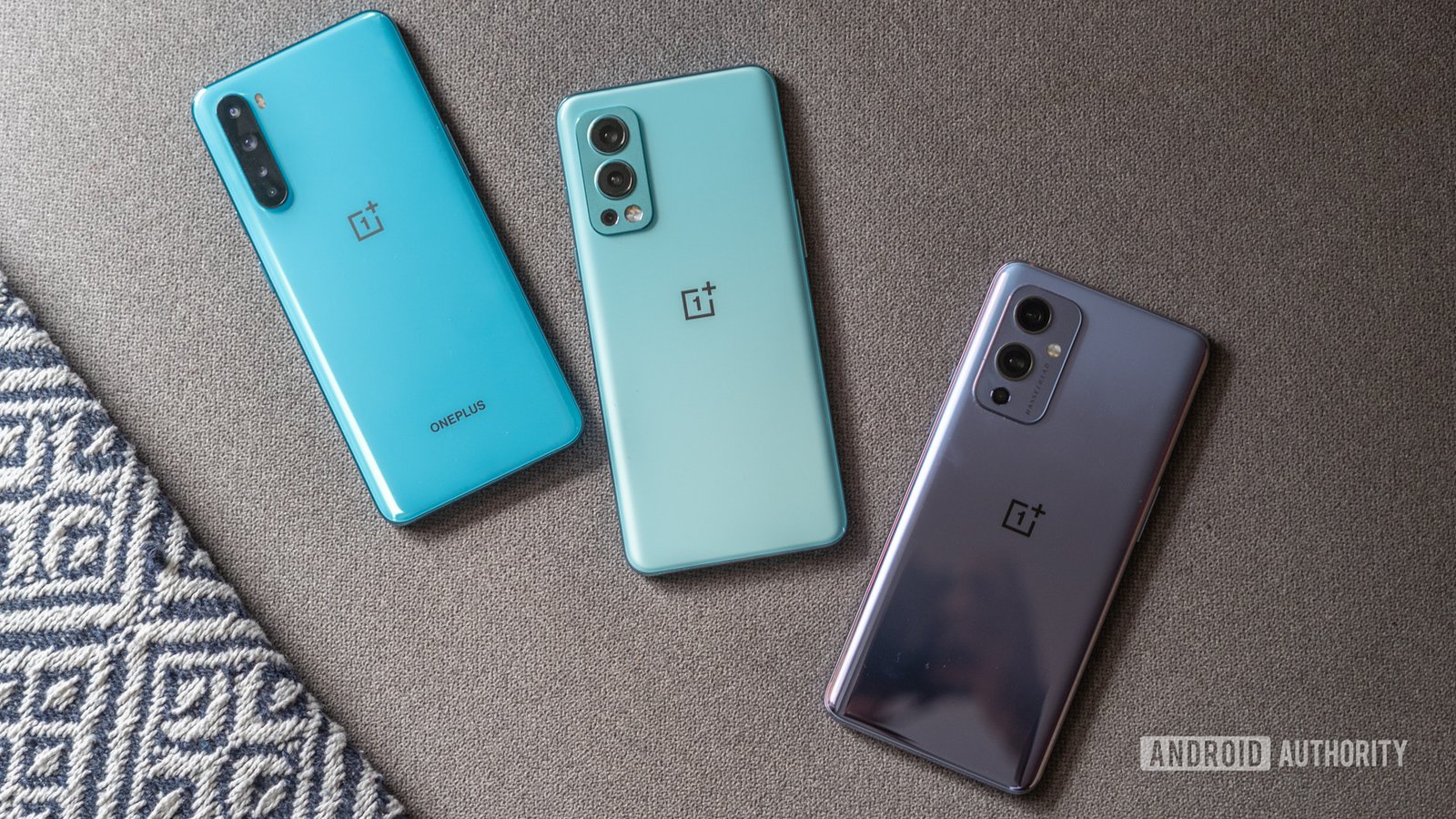
Dhruv Bhutani / Android Authority
- OnePlus flagships receive three upgrades and four years of patches. Mid-rangers in the Nord series get two upgrades and three years of patches. Budget Nord N models get one upgrade and two years of patches.
OnePlus breaks down its support criteria based on the class of device at hand. The differences are notable. In brief, the more money you spend, the more support youll receive.
For example, OnePlus flagship phones such as the OnePlus 8 series, OnePlus 9 series, as well as the OnePlus 10 Pro will receive three years of upgrades and a fourth year of security updates. In the case of the 10 Pro which launched with Android 12 that means it will see Android 13, Android 14, and Android 15. Thats a solid commitment and nearly matches Googles for the Pixel 6 series.
See also: Everything you need to know about OnePlus
However, when you step down to the mid-range Nord series, youll see two years of Android updates and a third year of security updates. Finally, when you step down again to the budget-tier Nord N series including the Nord N20 and Nord N200 youll only get one upgrade and two years of security patches.
Unfortunately, OnePlus reliability in disseminating those updates has been up and down over the years. The company has become well-known for launching half-baked Android upgrades with sometimes devastating bugs. It also isnt incredibly consistent with the rollouts of its patches. Still, as long as you stick to flagship-tier products from the brand, you should be happy.
Oppo
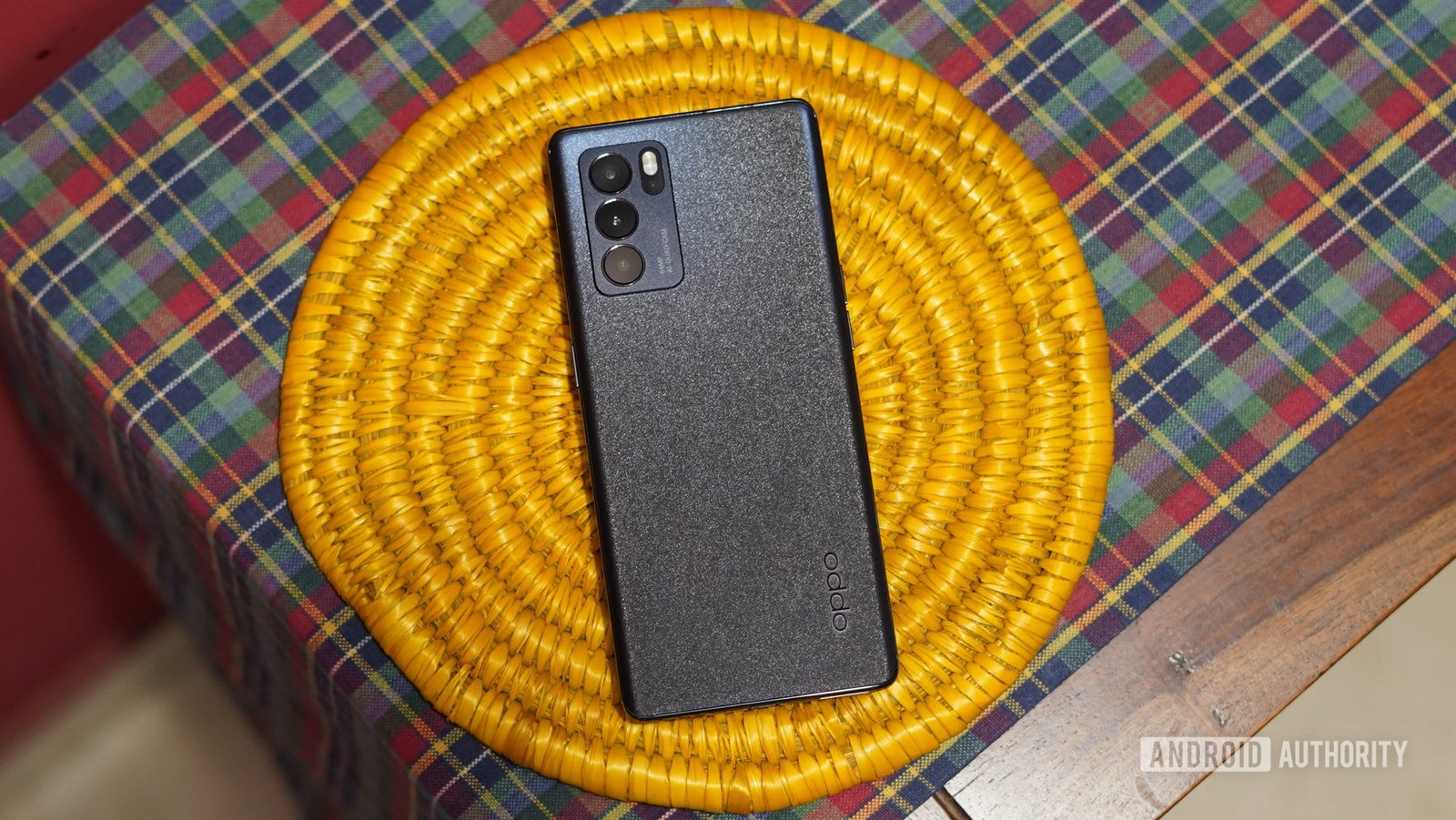
Dhruv Bhutani / Android Authority
- Oppo flagships receive three upgrades and four years of patches. Mid-rangers get two upgrades and four years of patches. Budget models get one upgrade and three years of patches. Select ultra-budget models will see no upgrades.
Oppo and OnePlus are essentially the same company, with both organizations using the same staff, same R&D, and even the same code base for their respective Android skins. As such, it should be unsurprising to hear that Oppos promises for phone updates are similar to those of OnePlus: the more you spend, the more you get.
At the top end, Oppos Find X series will see three upgrades and four years of security patches. The mid-range Oppo F, K, Reno, and Find Lite/Neo series will see two upgrades and four years of patches. Finally, some of the budget Oppo A series phones will see one Android upgrade and three years of patches. Note that we say some there, meaning there could be Oppo A phones with zero upgrades.
While Oppos commitments to its budget phones are quite sad, it is nice to see the company lay it all out in public. At least with Oppo, you know what youre going to get.
Poco
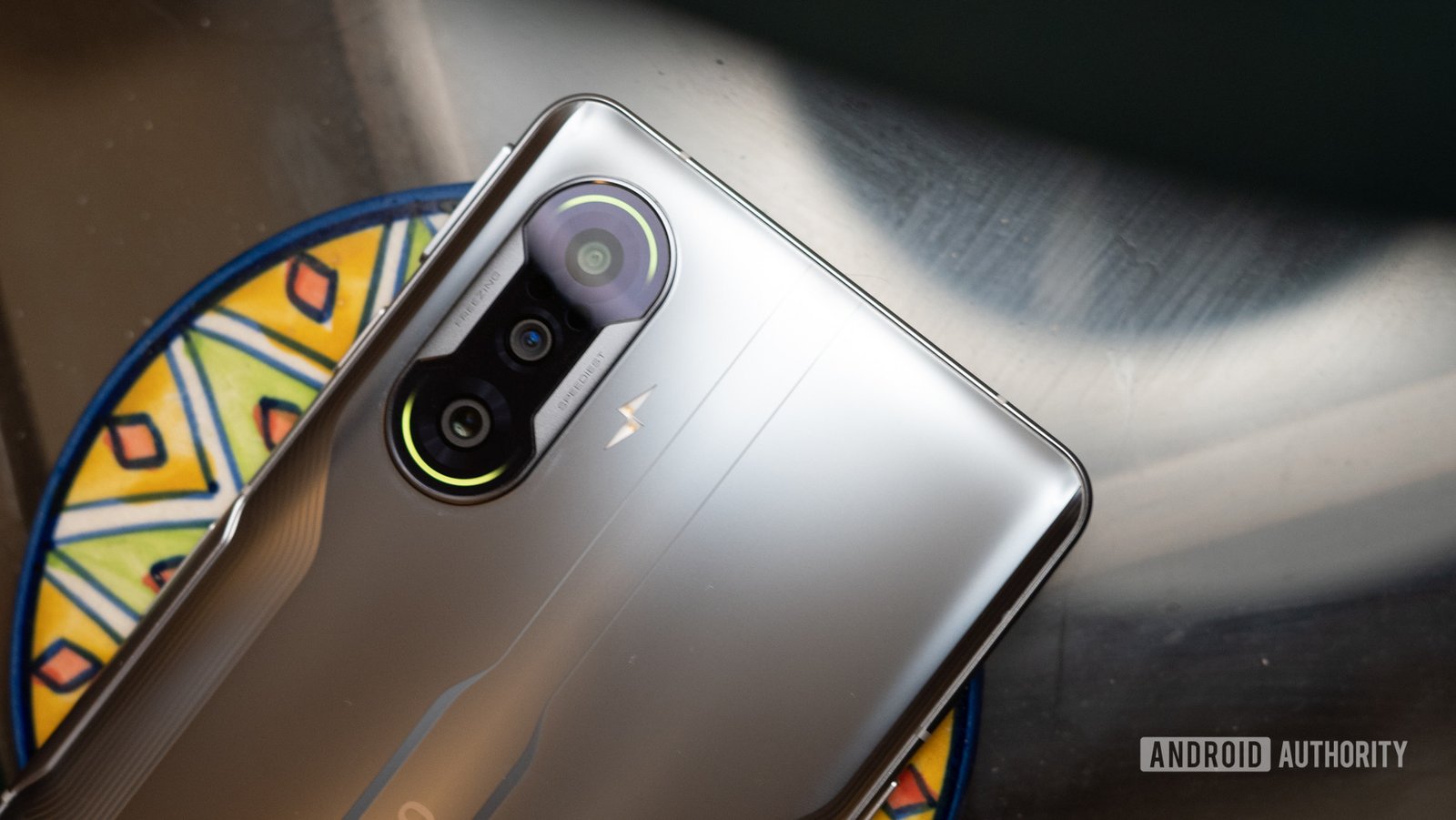
Dhruv Bhutani / Android Authority
- Poco has no public commitment to upgrades and patches. Most of its phones see two years of overall support, including two upgrades.
Xiaomi sub-brand Poco, when asked, offered only a brief statement about its plans to support its smartphones over time. Currently, the Android updates and security patches cycles of our devices are in accordance with our agreements with Google and comply with corresponding policies.
What does this mean? Essentially, Poco is passing the buck. Google has no set rule on how long manufacturers must issue phone updates, nor how regularly they should come. Googles suggested schedule is a minimum of two years but the company doesnt do anything to enforce this.
Poco has historically given wishy-washy answers to our requests for formal commitments to software support.
In other words, Poco does not make any overall promises for its phones. To its credit, it has historically delivered two upgrades to most of its devices. It might take longer than we would like, but it does happen.
Recently, during our review of the Poco F4 GT, the company told us it was working with Google on making a firm commitment to three years of upgrades and four years of patches for its higher-end phones. However, thats not a promise and the company hasnt issued anything more concrete than that.
The bottom line here is that you should approach any Poco purchases under the assumption that your device will get the bare minimum of software support.
Realme
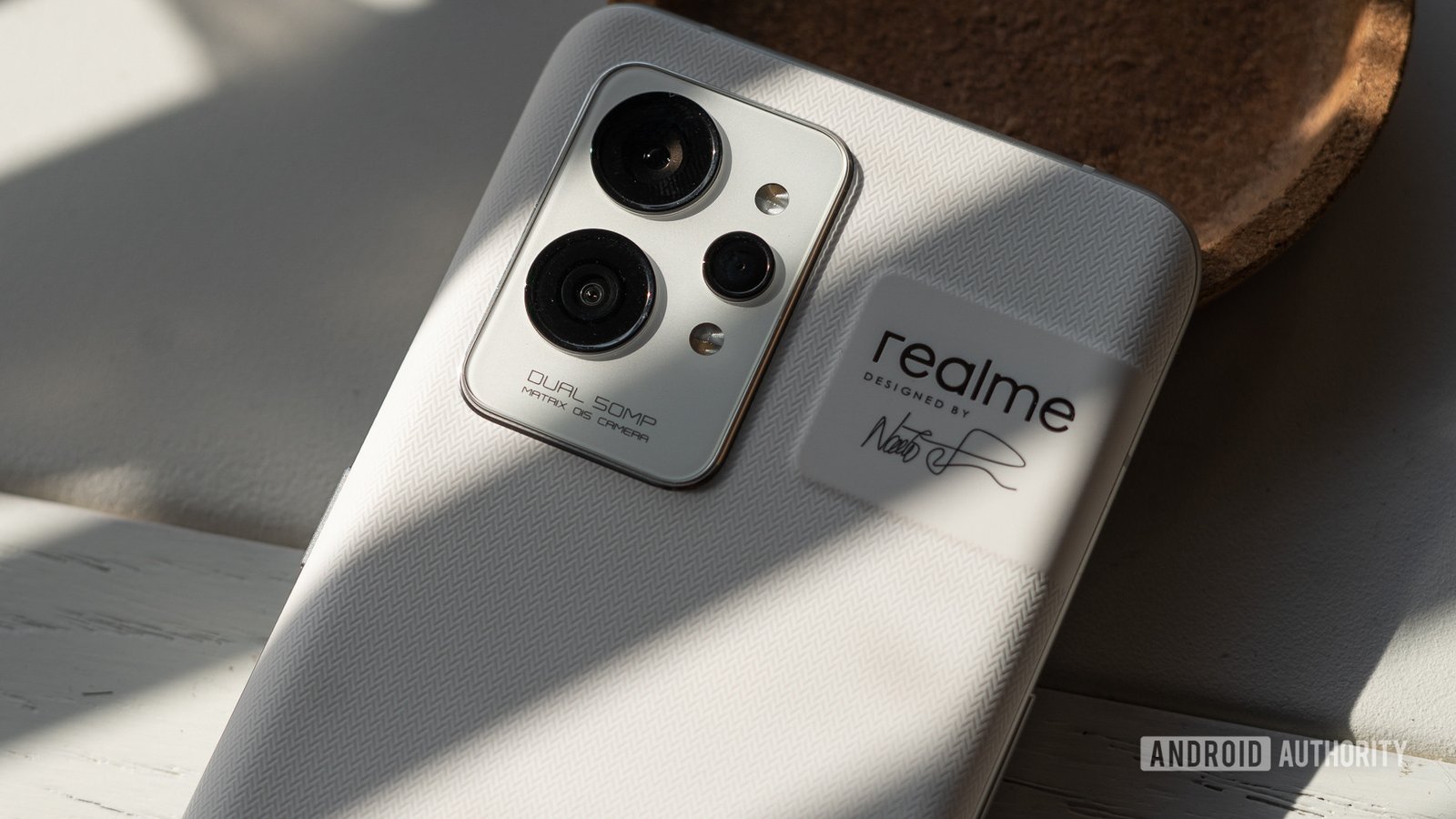
Dhruv Bhutani / Android Authority
- Realme phones, regardless of price, will likely come with two upgrades and three years of patches.
As recently as January 2022, Realme stuck to its original promises when it comes to phone updates. Despite its sister brands Oppo and OnePlus upping the ante for flagship phones, Realme is sticking with the suggested minimum.
I think we are still sticking totwo years of [upgrades] and the regular security patch updates for three years, Realme CEO Madhav Sheth told us in an interview.
Despite Realmes connection to OnePlus and Oppo, the brand is quite different. It almost exclusively makes mid-range and budget devices, with some forays into premium territory here and there. As such, it sticking to a mid-range update commitment makes sense, regardless of how disappointing it might be.
Redmi
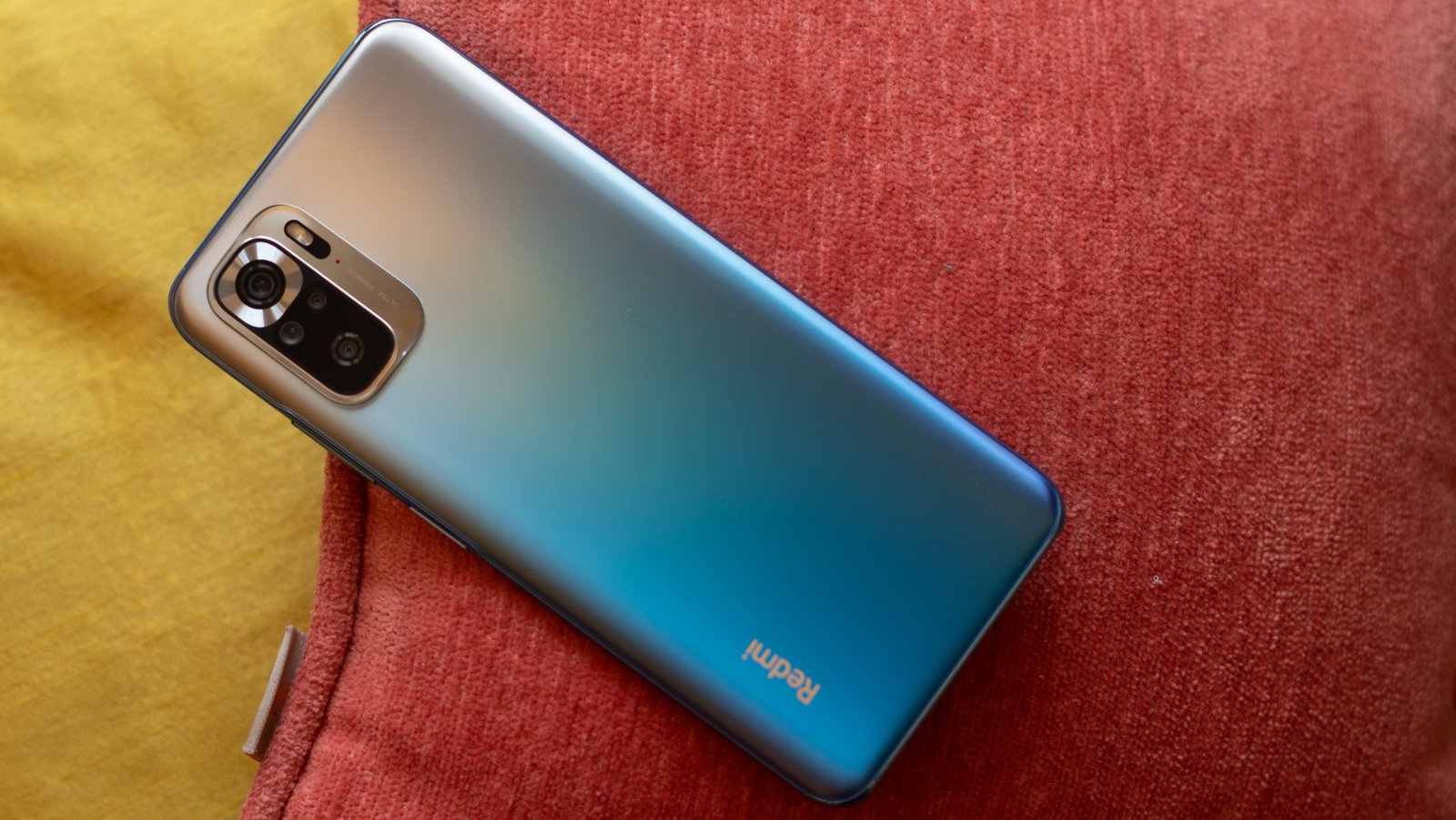
Dhruv Bhutani / Android Authority
- Redmi has no stated commitment to upgrades and patches. You should expect just one upgrade for most Redmi phones.
Xiaomi sub-brand Redmi makes a whole lot of mid-range and budget phones. As with Realme, it should be unsurprising to learn that a company known for very cheap devices doesnt put too much credence into keeping those phones updated.
According to the brand, it has committed to providing monthly and/or quarterly security updates to a wide range of Redmi-branded phones. The list includes most of the Redmi 7, 8, and 9 families. Unfortunately, the company has made no specific commitments to upgrades.
One should go into buying a Redmi phone with the knowledge that it is very unlikely youll see more than one upgrade during its lifespan.
Samsung
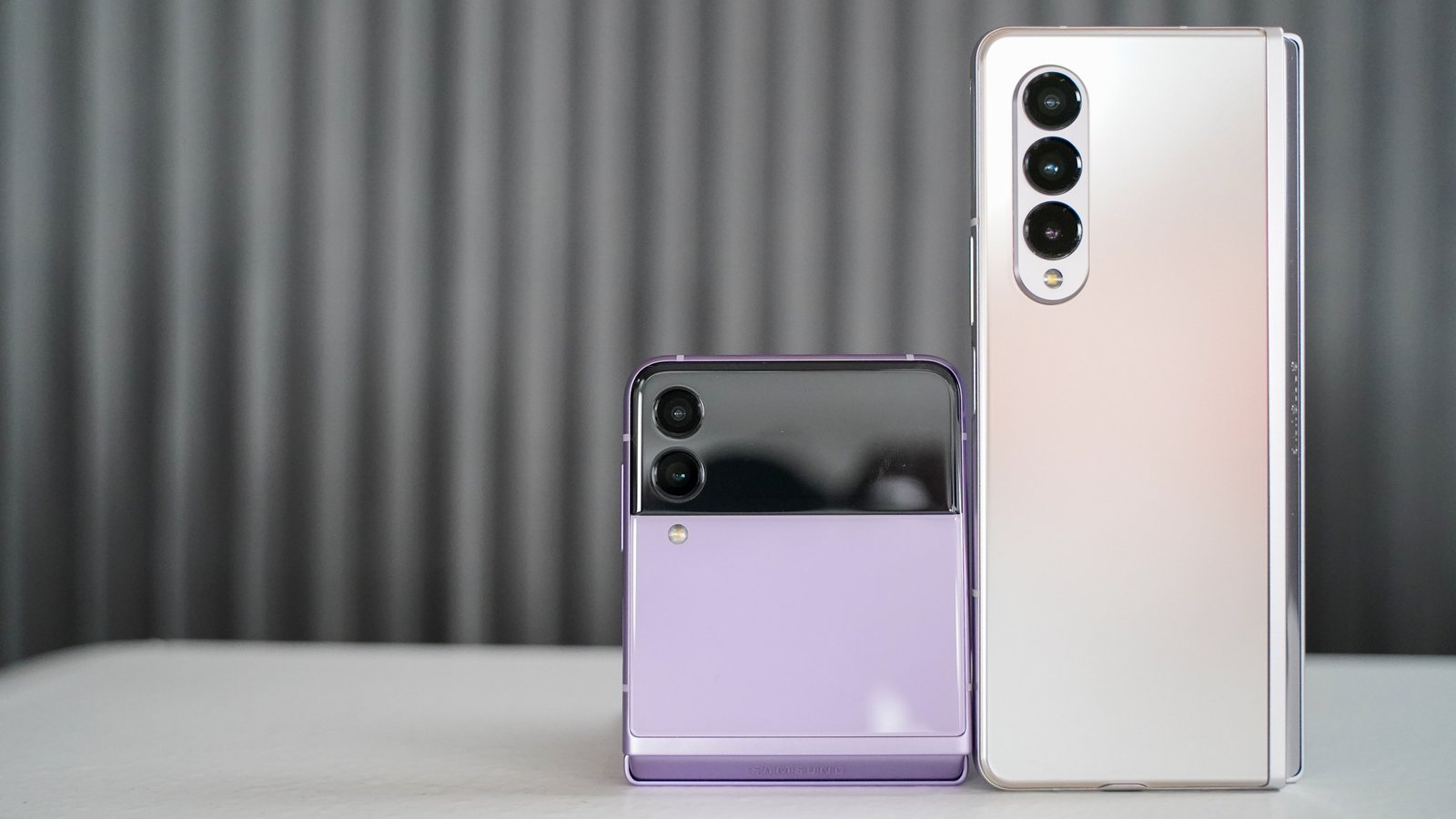
Eric Zeman / Android Authority
- The majority of recent Samsung phones will see four upgrades and five years of patches. Some older phones will see three upgrades and three years of patches. No current Samsung phone has a promise weaker than three upgrades and three years of patches.
For years now, Samsung has been the top dog when it comes to global smartphone sales. The company has only dropped from the number one spot once when it was briefly overtaken by Huawei (which didnt last). As one would expect, the smartphone king is also the king of smartphone updates.
Samsungs top-tier update promise trumps even Googles, with four years of upgrades and five years of security patches. That means a Galaxy S22 smartphone which ships with Android 12 will see Android 13, Android 14, Android 15, and even Android 16.
Samsung is the undisputed king of Android updates.
To make things even more impressive, Samsung doesnt lock that promise to premium flagships. The Galaxy S21 FE gets the same promise, for example, as do higher-end phones in the mid-range Galaxy A series, such as the Galaxy A53.
Older phones and cheaper phones from the brand get a less extensive promise of three years of upgrades and patches. However, when you consider that is a better promise than most companies make for even their premium flagships, you start to see just how good Samsung is at this.
For a full rundown of all Samsung devices and how long they will see updates, consult our guide.
Sony
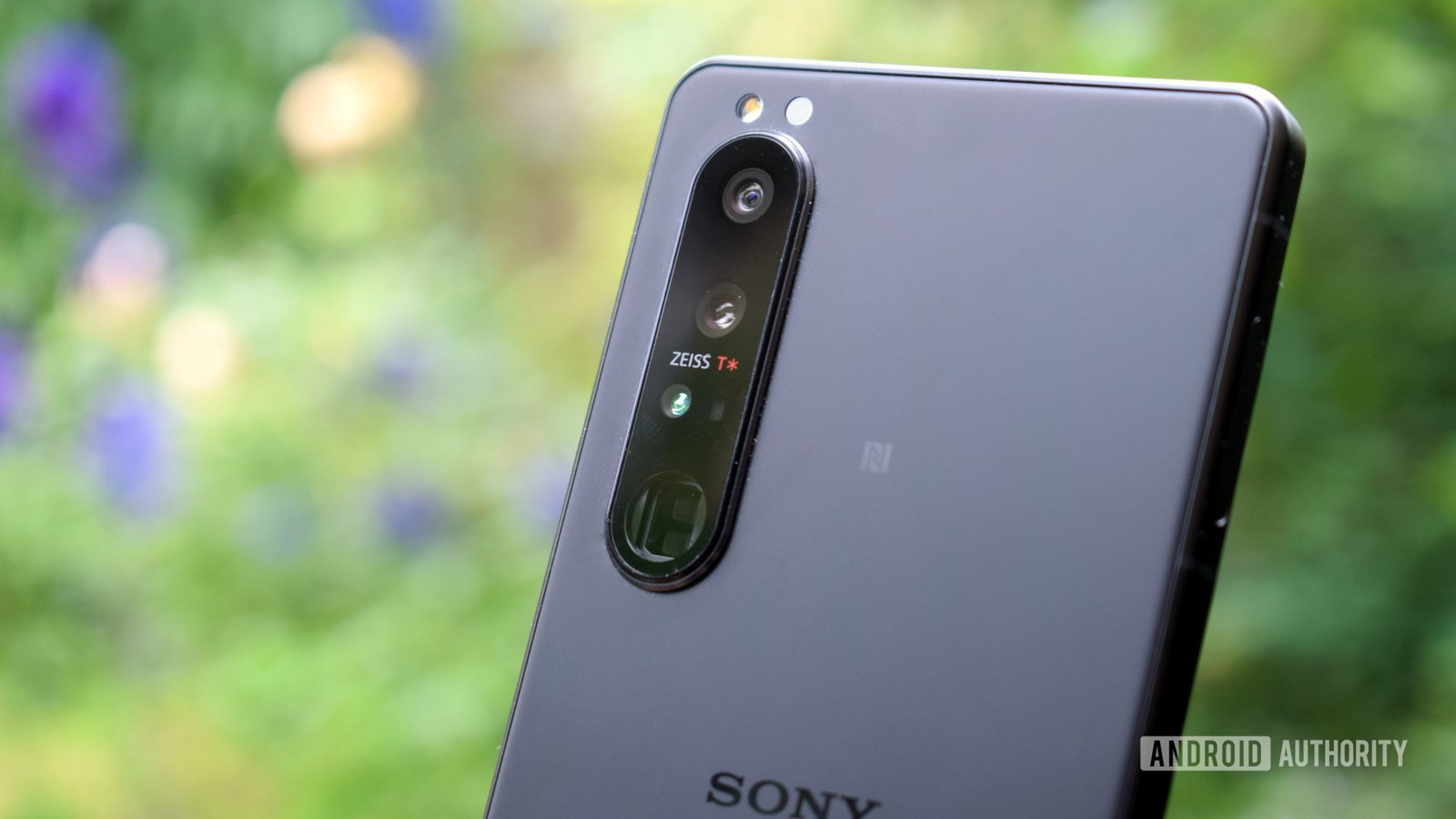
Robert Triggs / Android Authority
- The majority of Sony phones come with two upgrades and two years of patches. The newest Xperia 1 IV is the only exception as it comes with two upgrades and three years of patches.
In the world of Android, Sony makes some of the most expensive non-foldable phones. One would think that with the phones costing so much money, Sonys promises for phone updates would be quite extensive. However, one would be wrong to think that.
The most recently launched Sony flagship the Xperia 1 IV comes with a stated promise of two upgrades and three years of patches. Before that, the Xperia 1 III came with a stated promise of just two years of support two upgrades and two years of patches, in other words.
Remember that both those phones start at a price of at least $1,300. Also, Sonys phone roster is incredibly small. Its bizarre that the company cant even match Samsungs commitments to its older and budget-level phones.
Hopefully, Sony will eventually up its game here. Until then, buyers who appreciate fast and long-lasting updates should steer clear.
TCL

Luke Pollack / Android Authority
- TCL changes its commitments depending on the phones price. However, you shouldnt expect anything more than two years of support, with some devices only seeing one upgrade in that time.
TCL says its software update policies typically depend on each individual device. There are numerous factors that need to be considered for each device, such as carrier requirements, certifications, chipset software support, and regional needs, said TCL via email.
Here is what TCL has committed to for its most recent handsets. The TCL 20 Pro 5G will see two years of major OS upgrades as well as two years of security patch updates. The 20S will receive one major OS upgrade with two years of security patches. TCL is making no OS upgrade commitments for the 20SE, though the phone will receive two years of security patches.
In other words, you shouldnt expect more than two upgrades for a TCL phone. That applies even if you buy one of its most expensive devices. Meanwhile, if you get something more budget-oriented, you should expect just one upgrade if that.
Vivo
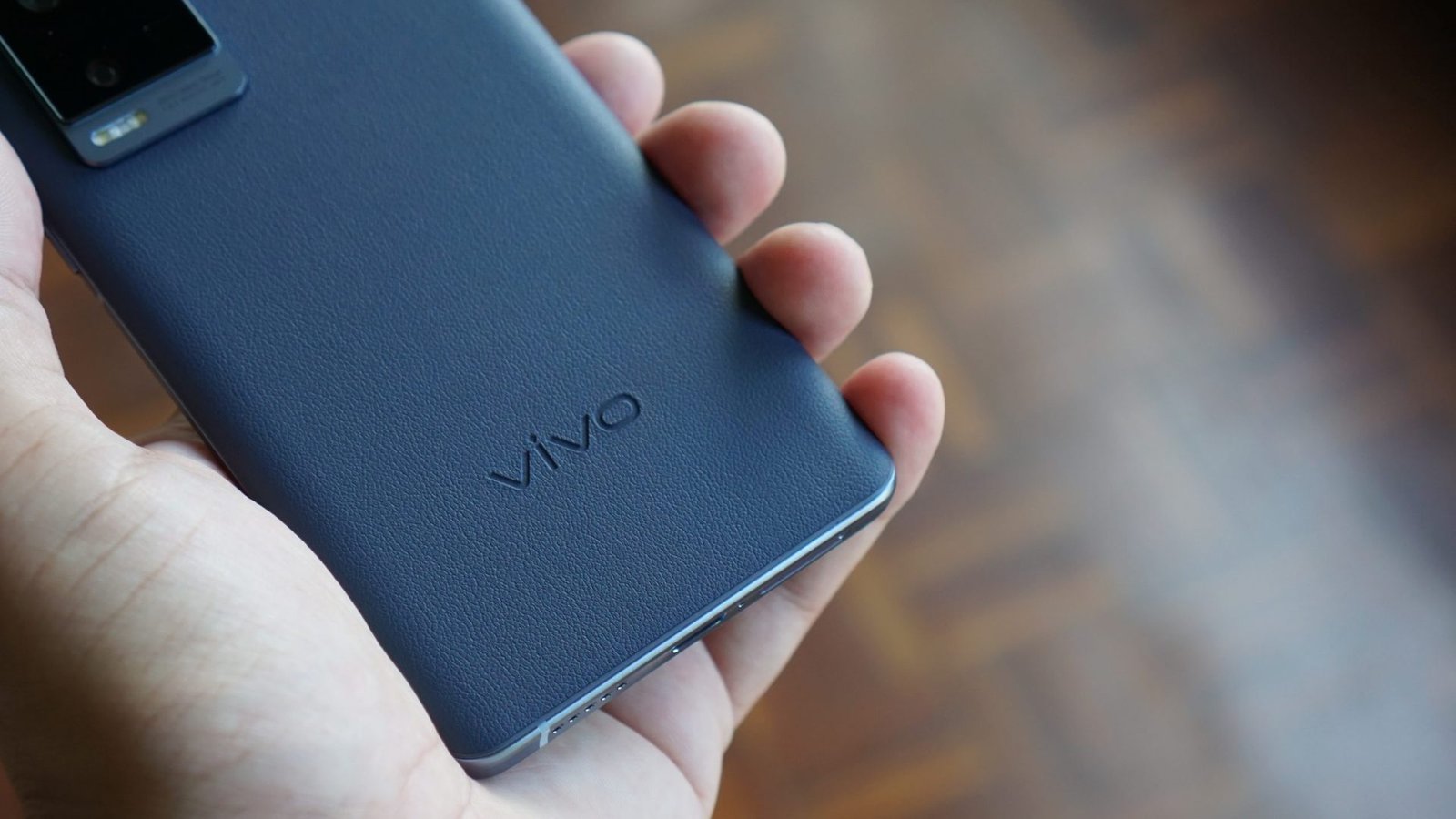
Hadlee Simons / Android Authority
- Vivo has no stated software support commitment for the majority of its phones. The only exception is the latest Vivo X series, but even then there are a whole lot of caveats.
In 2021, Vivo made a decent commitment to its newer flagship phones, saying it will deliver three years of upgrades and patches for select models in the Vivo X series. However, that only applies to devices launched after July 2021 and only applies to the Australian, European, and Indian markets.
Devices that dont fall under this policy will continue to receive regular Android security updates for an unknown period of time. Unfortunately, Vivo has not yet amended this policy in 2022, despite detailed promises from sister brands Oppo and OnePlus.
Thankfully, Vivo does offer a tool that allows you to see what to expect as far as phone updates for any particular model.
Xiaomi
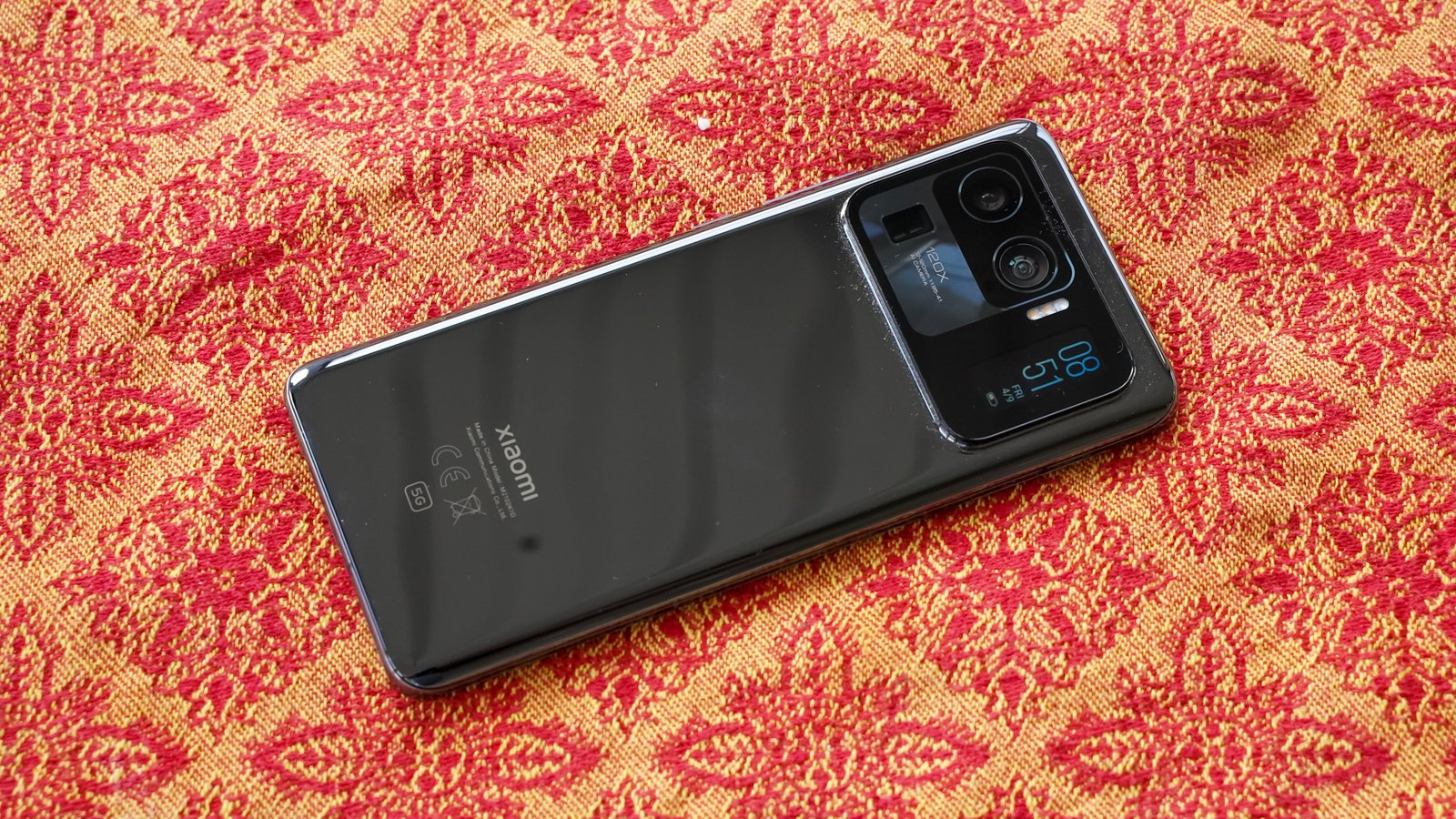
Eric Zeman / Android Authority
- Xiaomi has a stated policy of two years of security patches for its phones. However, it has no stated policy for upgrades. It does make exceptions for its premium phones, with flagships seeing three upgrades and four years of patches.
Xiaomis stated minimum for phone updates across all its lines is as follows: We release monthly and quarterly security patch updates on Xiaomi devices for at least two years after product listing in the marketplace. Monthly and quarterly security updates will include Android security patches released by Google, as well as patches for Xiaomi-specific issues.
Unfortunately, that doesnt bring any clarity to Xiaomis policy toward upgrades. As with some other vendors on this list, Xiaomi approaches each line on its own to determine its commitment. For example, the company does promise three upgrades and four years of security patches for its flagship Mi 11 and Xiaomi 12 lines. Phones outside of these lines, however, wont see that extensive of a commitment if the company issues a commitment at all.
In general, if youre buying a non-flagship Xiaomi phone including those from its sub-brands such as Redmi and Poco you should expect no more than two years of software support.
ZTE

Eric Zeman / Android Authority
- Most ZTE phones will see one Android upgrade and the company makes no commitment towards patches.
A relatively small player on the global stage, ZTE is very vague about its update plans. ZTE has plans to provide major system updates (one update) on flagship products, but the update time depends on the release time of Googles commercial version, said the company via email. This doesnt make us feel too confident about the longevity of its phones.
In the case of the ZTE Axon 30 Ultra from 2021, the company stuck to that statement, promising just one Android upgrade across the entire lifespan of the phone. For the 2022 ZTE Axon 40 Ultra, the company didnt even make a commitment at all, even when we asked for one directly.
In other words, ZTE might be the weakest company on this list when it comes to software support.
Phone updates: A summary of the industry

Adam Molina / Android Authority
If you read through this whole list, youll notice that only a handful of companies take software updates seriously. Samsung is the leader when it comes to issuing phone updates for a significant period of time on a consistent and frequent basis. Meanwhile, Google sits in a comfortable second place slot.
Other than those two companies, however, its a mixed bag. OnePlus, Oppo, and Xiaomi offer very good update policies, but only for their premium flagships. Mid-rangers and budget models see much weaker promises. Even huge brands like Sony, Motorola, Asus, Realme, and TCL cant meet the bar set by Samsungs budget lines.
Does a company’s track record with software updates influence your purchasing decision with new phones?
561 votes
Then you have companies like Vivo and ZTE. More often than not, they simply refuse to make any promises at all. Looking from the top down, you can really see how the Android phone industry is incredibly fragmented when it comes to a standard policy of updates.
One thing we havent mentioned yet is how Apple treats phone updates. Apple actually trumps even Samsung by offering six years (or more) of upgrades for iPhones. With the way things are going, its possible Samsung and maybe even Google could meet that bar in the next few years.
This would be a universally good thing. It would allow Android users to have the same level of after-purchase support as iOS users, for one. It would also set an example for other Android OEMs and, hopefully, push the idea that weak update commitments are simply not acceptable anymore.
Phone updates are important and should be treated as such. Someday, we hope this whole list is filled with robust promises from all companies.